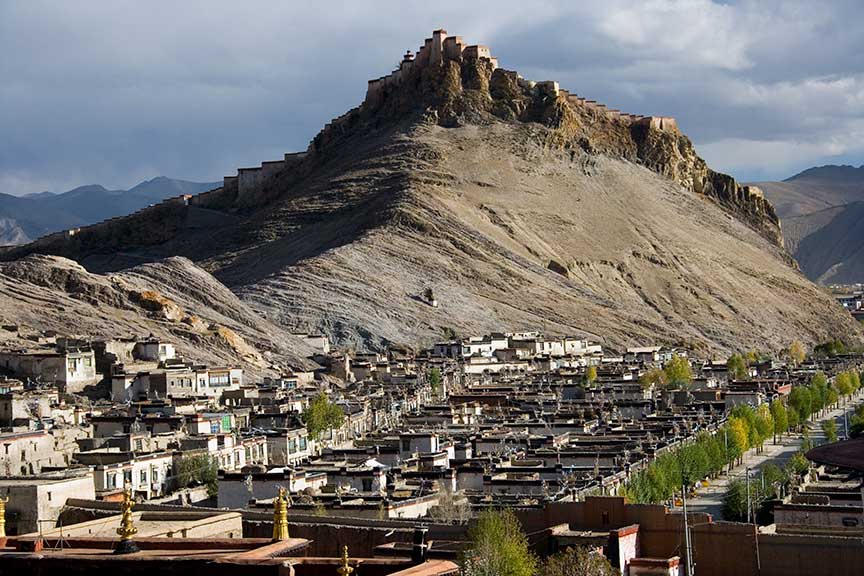1959 Uprising in Tibet
Fighting broke out between Communist Chinese troops and the local population who were rebelling against Communist rule. The Communists put down the rebellion, dissolved the Tibetan local government and forced the Dalai Lama into exile.
The uprising in Tibet refers to a series of events that took place in 1959, leading to a violent confrontation between the Communist Chinese government and the Tibetan population. The Tibetan people, dissatisfied with Communist rule, began a rebellion against Chinese presence in the region.
Tibet had been an independent theocratic state for centuries, with the Dalai Lama serving as the spiritual and political leader. However, in 1950, the People's Liberation Army (PLA) of the People's Republic of China, under the leadership of Mao Zedong, invaded Tibet and asserted Chinese control over the region. Tibet was incorporated into the People's Republic of China, which the Tibetan people saw as a threat to their cultural and religious identity.
The uprising in Tibet was triggered by a combination of factors, including widespread discontent with Chinese policies, restrictions on religious practices, and attempts to undermine Tibetan cultural traditions. The Tibetan people, led by monks and other prominent figures, staged protests against the Chinese authorities.
The rebellion reached its peak in March 1959, when thousands of Tibetans gathered in Lhasa, the capital of Tibet, to protect the Dalai Lama and resist Chinese rule. The Chinese Communist troops responded with force, leading to a violent clash between the Tibetans and the PLA. The Tibetan resistance was outnumbered and outgunned, and they were unable to withstand the Chinese military power.
In the face of the overwhelming Chinese force, the Tibetan rebellion was eventually crushed. The Chinese authorities declared martial law in Tibet, dissolved the local Tibetan government, and imposed direct rule from Beijing. The Dalai Lama, fearing for his life, fled into exile in India, where he established a government-in-exile and continued to advocate for Tibetan autonomy.
Following the uprising, the Chinese government implemented a series of policies aimed at assimilating Tibet into the broader Chinese state. These policies included the suppression of Tibetan cultural and religious practices, resettlement of ethnic Han Chinese in Tibet, and the promotion of Mandarin Chinese over the Tibetan language.
The Tibetan issue remains a point of contention between the Chinese government and supporters of Tibetan autonomy. The Dalai Lama and his government-in-exile continue to advocate for peaceful negotiations with China to secure greater autonomy for Tibet and the preservation of Tibetan culture and identity. However, the Chinese government maintains a hardline stance, considering Tibet an integral part of its territory and accusing the Dalai Lama of seeking independence, which they oppose.
 >
>